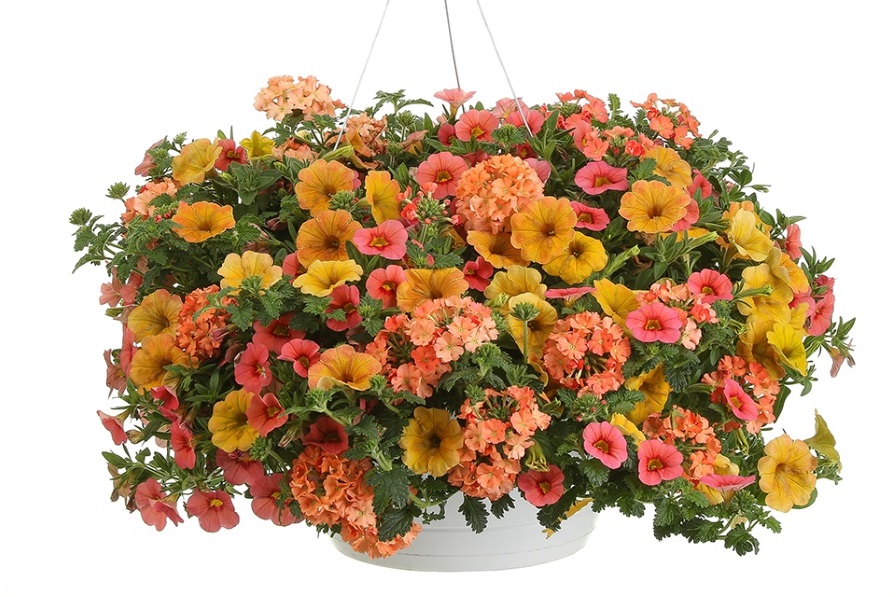A Leading Voice in Horticulture Economics Looks Back at 2021
 If you want to get a good sense of how labor, the supply chain, and inflationary pressures affected the horticulture industry in 2021, there’s probably no one better to ask than AmericanHort’s Chief Economist, Dr. Charlie Hall.
If you want to get a good sense of how labor, the supply chain, and inflationary pressures affected the horticulture industry in 2021, there’s probably no one better to ask than AmericanHort’s Chief Economist, Dr. Charlie Hall.
On December 3, Hall presented a webinar looking back at how vaccines, plants, and dollars were all connected in 2021. You can click here to check out the webinar as well as several additional insights from Hall. Here is just a sampling:
On Labor: “things are improving on the labor front. The unemployment rate dropped to 4.2% in November from 4.6%. That’s a remarkably good number, given the 20+ million jobs lost last spring. In February of this year, the nonpartisan Congressional Budget Office predicted the U.S. wouldn’t hit a 4.2% unemployment rate until 2024. However, the American Rescue Plan was approved and just shy of 6 million jobs have been filled since then. The labor-force participation rate, or the share of people who are working or looking for jobs, hit its highest level since March 2020. For Americans ages 25–54 (those in their prime working years) the share of people employed jumped by another half a percentage point, nearing pre-pandemic levels.”
On Inflation and the Supply Chain: “Inflation on goods has been the primary contributor to the historically high rates of inflation experienced this year, with new and used autos, home furnishings, food and gas prices putting significant upward pressure on price growth. What’s more, the lagged effect from higher home prices and rents will continue to work its way into both the PCE and CPI indices, meaning housing costs will continue to pull up overall inflation. Services inflation, which got a bit of a reprieve from a pullback in activity alongside the recent surge in Delta cases, is also set to strengthen as consumers shift back toward spending on services as pandemic risks abate (dependent on Omicron, of course). Taking these factors into consideration, inflation will likely to remain at current levels over the next few months and through the first quarter of 2022. In the Index of Prices Paid by Growers, I have forecast grower input cost increases of 8.8 this year and another 4.7% next year (though that will be updated in February when I receive additional data. Inflationary pressures should start to subside around the fourth quarter next year as many of the supply side issues wrinkling the economy begin to get ironed out.”
Continue reading here.








